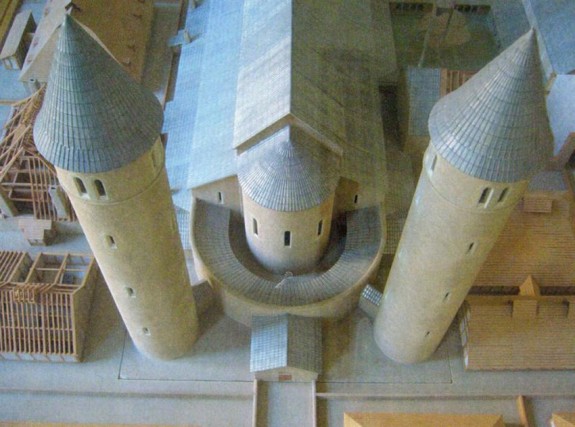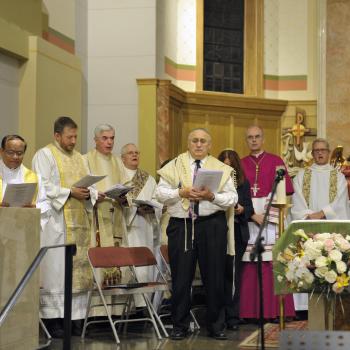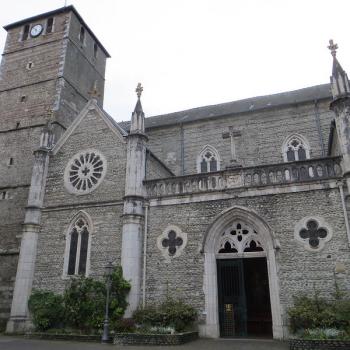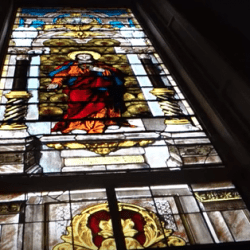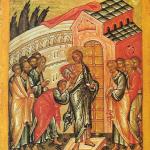It’s an ambitious undertaking that will be launched in Germany next year — and will take decades to complete.
What did a medieval stonemason do when heavy rainfall interrupted his work? Umbrellas are impractical at construction sites. Gore-Tex jackets weren’t yet invented, nor were plastic rain jackets. “He donned a jacket made of felted loden cloth,” says Bert Geurten, the man who plans to build an authentic monastery town the old-fashioned way.
Felted loden jackets will also be present on rainy days at Geurten’s building site, which is located near Messkirch, in the southwestern German state of Baden-Württemberg, between the Danube River and Lake Constance. Beginning in 2013, a Carolingian monastery town will be built here using only the materials and techniques of the 9th century. From the mortar to the walls, the rain jackets to the menu, every aspect of the operation will be carried out as just as it was in the days of Charlemagne. “We want to work as authentically as possible,” says Geurten.
The building contractor from the Rhineland region has long dreamt of carrying out his plan. When he was a teenager, the now 62-year-old was inspired by a model of the St. Gallen monastery plan in an exhibition in his home city of Aachen. The plan, dating from the beginning of the 9th century, shows the ideal monastery, as envisioned by Abbot Haito of Reichenau.
Haito dedicated his drawing to his colleague Abbot Gozbert of St. Gall, who presided over the monastery from 816 to 837. He meticulously recorded everything that he believed was necessary for a monastic city, from a chicken coop to a church for 2,000 worshipers. Altogether he envisaged 52 buildings — but they were never built. That will change in spring 2013, though, when ox-pulled carts wil begin carrying the first stones to the building site in the forest near Messkirch. It won’t be finished until about 2050, according to estimates.
The lengthy time frame betrays the ambitious dimensions of the project, which is not just a tourist attraction, but also a meticulous scientific undertaking. Twelve experts, including historians, architects and archaeologists, form the scientific council that oversees the monastic town. Their job is to advise the artisans while simultaneously learning from their experiences.
Such experiments offer a rare glimpse into the everyday life of past centuries. Often there is only one way to find out how people once built their homes, prepared their food or sewed their clothes — by recreating the historic experience. Experimental archeology researchers have discovered that antique linen armor offers as much protection as kevlar vests, how beer was brewed in the Bronze Age and how Stone Age people sharpened blades.
The 9th century — the era which will be recreated by the Carolingian monastery town project — is a particularly interesting focus for such experiments. There are few surviving documents from the period some 1,100 to 1,200 years ago. “Our goal is not to end up having a monastery town, but to build it,” says Geurten.
Read more, and see a slideshow at the link.

